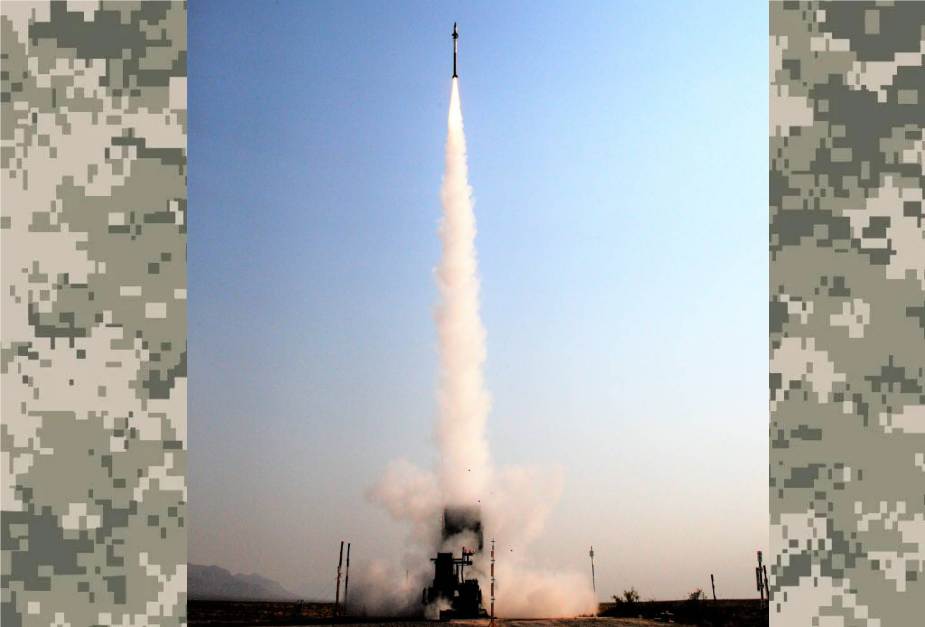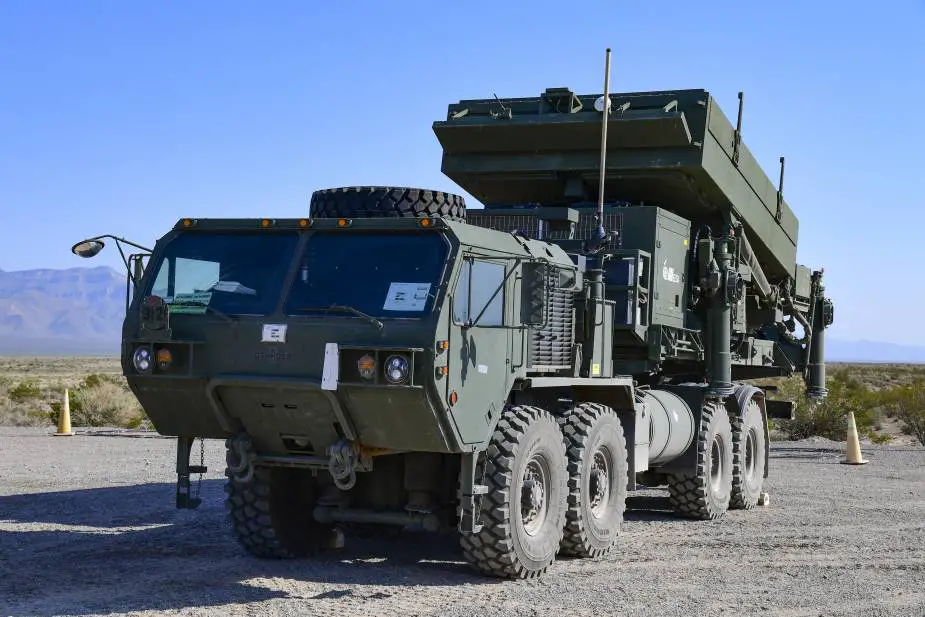Breaking news
US Army executes Iron Dome defense system live fire at White Sands Missile Range.
The U.S. Army, in conjunction with the Israeli Missile Defense Organization (IMDO), took a critical step toward fielding the first of two Iron Dome Defense System-Army (IDDS-A) batteries. IDDS-A will defend supported forces within fixed and semi-fixed locations against sub-sonic Cruise Missiles, Groups 2 &3 Unmanned Aircraft Systems, and Rockets, Artillery and Mortar threats.
Follow Army Recognition on Google News at this link

The U.S. Army, in conjunction with the Israeli Missile Defense Organization (IMDO), took a critical step toward fielding the first of two Iron Dome Defense System-Army (IDDS-A) batteries. (Picture source: U.S. Army)
In August 2019, the United States and Israel signed an agreement for the procurement of two IDDS-A batteries to defend deployed U.S. forces against various aerial threats. The IDDS-A systems were delivered in 2020, and have undergone a process of acceptance testing and operator training over the past months.
The 3-43 Air Defense Artillery (ADA) Battalion (BN), a subordinate unit assigned to the 11th ADA Brigade (BDE) in Fort Bliss, TX is the first unit to undergo New Equipment Training, and execute live-fire tests with the newly acquired interim cruise missile defense system. Soldiers from 3-43 ADA successfully engaged eight cruise missile surrogate targets as part of a coordinated performance test and live-fire event.
The U.S. Army plans to field both IDDS-A batteries as an interim cruise missile defense solution while continuing to acquire an enduring Indirect Fire Protection Capability (IFPC) Increment 2 (Inc2) system. Future variants of the IFPC program include technology insertions such as directed energy, which will provide a critical protection capability against sub-sonic Cruise Missiles, Groups 2 &3 Unmanned Aircraft Systems, and Rockets, Artillery and Mortars threats.

U.S. Iron Dome missile launcher (Picture source: U.S. Army)
As published by Army Recognition on 17 August 2019, according to the American website Defense News, the United States finalized the contract to purchase two Iron Dome air defense systems for the U.S. Army. In January 2019, The United States Army had sent to th Congress a 14-page document requesting the approval of $373 million for purchasing a few of Israel’s widely acclaimed Iron Dome missile interception systems.
According to military experts of the Pentagon and Israeli Defense Ministry, the idea to purchase the system comes after the US military last year conducted an internal review of its short-range air defense needs to assess whether Iron Dome or a Norwegian or US-developed system was best suited to address a gap in defenses against potential Russian and Chinese cruise missile threats.
On October 31, 2019, US Army acquisition chief Bruce Jette notified Congress of the results of this internal review which centered on a program called the Indirect Fire Protection Capability Increment 2-Intercept program. IFPC, as the program is called, is still in development and aims to do many of the things Iron Dome has demonstrated in more than 1,700 interceptions, including shooting down unmanned air vehicles, mortars, rockets and artillery shells.
The Iron Dome is a mobile all-weather air defense system developed by Rafael Advanced Defense Systems and Israel Aerospace Industries. The system is designed to intercept and destroy short-range rockets and artillery shells fired from distances of 4 kilometers to 70 kilometers away and whose trajectory would take them to an Israeli populated area.
The Iron Dome was deployed for the first time by the Israeli army in March 2011. On 7 April 2011, after deployment as an "operational experiment" on 3 April, the Iron Dome system in the area of Ashkelon successfully intercepted a Grad rocket fired at the city, the first time a short-range rocket fired from Gaza had been intercepted. According to reports from the area, the interception could be seen in Israeli towns near northern Gaza.
As of August 2014, ten Iron Dome batteries had been deployed throughout Israel. During the 50 days of the conflict 4,594 rockets and mortars were fired at Israeli targets. During this period, Iron Dome systems intercepted 735 projectiles that it determined were threatening, achieving an intercept success rate of 90 percent.

























